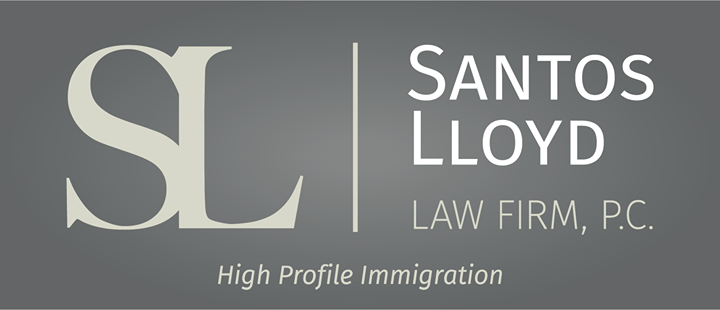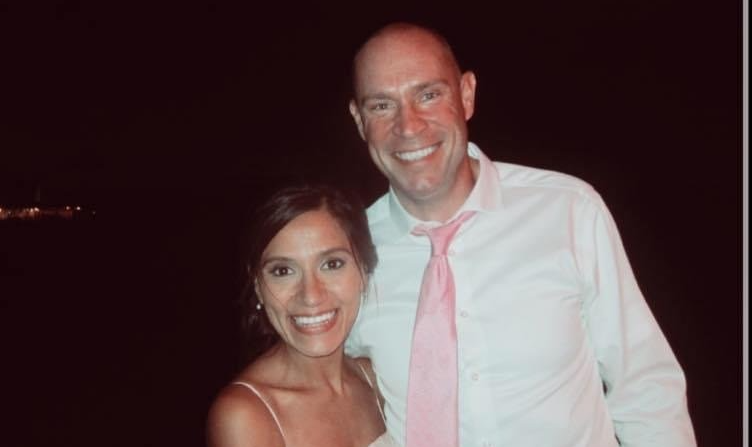1. Forms and Documents.
Esteja preparado para responder a milhões de perguntas 😩, às vezes perguntas muito pessoais; eu nunca tinha respondido a tantas perguntas na minha vida. Nem mesmo quando solicitei o visto de estudante na Embaixada Americana em Lima! Minhas respostas foram usadas para preencher mais de cinco formulários oficiais que meu advogado enviou ao USCIS. Aos formulários foram anexados alguns documentos essenciais do meu marido, meus e do nosso advogado. A petição foi então arquivada no USCIS. Pouco tempo depois, o USCIS enviou “Avisos de recebimento” confirmando que haviam recebido meu caso e que estava em andamento.
Um conselho 👍 se um especialista em imigração lhe fizer uma pergunta ou solicitar um documento, forneça as informações ou o documento. Há sempre (deixe-me enfatizar, sempre) uma razão legal por trás de seu pedido.














